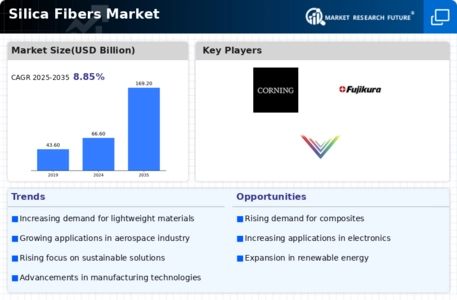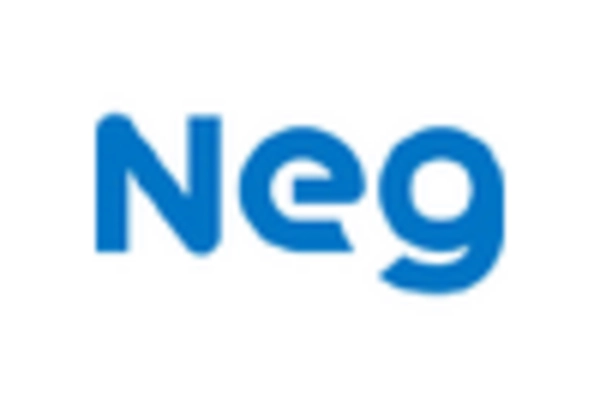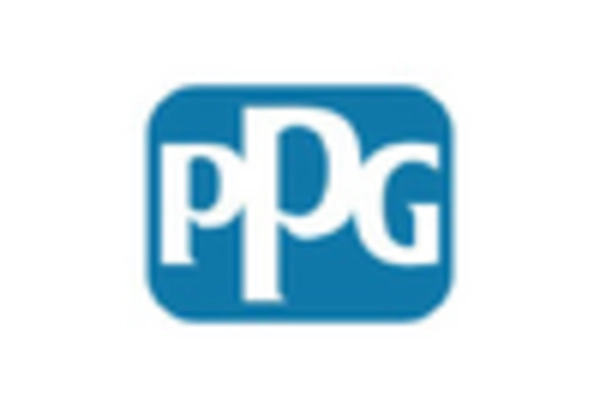Expansion of End-User Industries
The expansion of end-user industries is a significant driver for the Silica Fibers Market. As sectors such as construction, automotive, and aerospace continue to grow, the demand for high-performance materials like silica fibers is expected to increase. The construction industry, in particular, is experiencing a boom, with infrastructure projects and urban development driving the need for durable materials. Similarly, the automotive sector is evolving with a focus on lightweight and fuel-efficient vehicles, further propelling the demand for silica fibers. This expansion across various industries indicates a robust growth trajectory for the silica fibers market, as manufacturers respond to the evolving needs of their clients.
Rising Environmental Regulations
The increasing stringency of environmental regulations is influencing the Silica Fibers Market. As industries face pressure to reduce their environmental footprint, the demand for sustainable materials is growing. Silica fibers, which can be produced with lower environmental impact compared to traditional materials, are becoming a preferred choice for manufacturers. This shift is particularly evident in sectors such as construction and automotive, where compliance with environmental standards is critical. The market is likely to benefit from this trend, as companies seek to align their products with sustainability goals while maintaining performance and quality. The emphasis on eco-friendly materials is expected to drive further adoption of silica fibers.
Growing Demand for Lightweight Materials
The demand for lightweight materials is on the rise, particularly in sectors such as automotive and aerospace, where fuel efficiency and performance are paramount. Silica fibers, known for their high strength-to-weight ratio, are increasingly being adopted as a solution to meet these demands. The Silica Fibers Market is witnessing a surge in interest as manufacturers aim to replace heavier materials with silica fibers in composite applications. This shift not only enhances performance but also contributes to sustainability goals by reducing overall material usage. As industries continue to prioritize lightweight solutions, the market for silica fibers is expected to expand significantly.
Advancements in Manufacturing Technologies
Recent advancements in manufacturing technologies are poised to revolutionize the Silica Fibers Market. Innovations such as improved fiber spinning techniques and enhanced processing methods are enabling the production of silica fibers with superior properties. These advancements not only enhance the performance characteristics of silica fibers but also reduce production costs, making them more accessible to a wider range of industries. As manufacturers adopt these new technologies, the market is likely to experience increased competition and innovation, further driving growth in the silica fibers sector. The ability to produce high-quality silica fibers efficiently will be a key factor in shaping the future landscape of the industry.
Increasing Applications in Various Industries
The versatility of silica fibers is becoming increasingly apparent, as they find applications across a multitude of industries. In the construction sector, silica fibers are utilized for their strength and durability, enhancing the performance of concrete and other materials. The automotive industry also benefits from silica fibers, which are employed in lightweight composites that improve fuel efficiency. Furthermore, the aerospace sector is integrating silica fibers into advanced materials, contributing to weight reduction and enhanced performance. This broadening scope of applications is likely to drive growth in the Silica Fibers Market, as manufacturers seek to leverage the unique properties of silica fibers to meet diverse industry needs.


















Leave a Comment